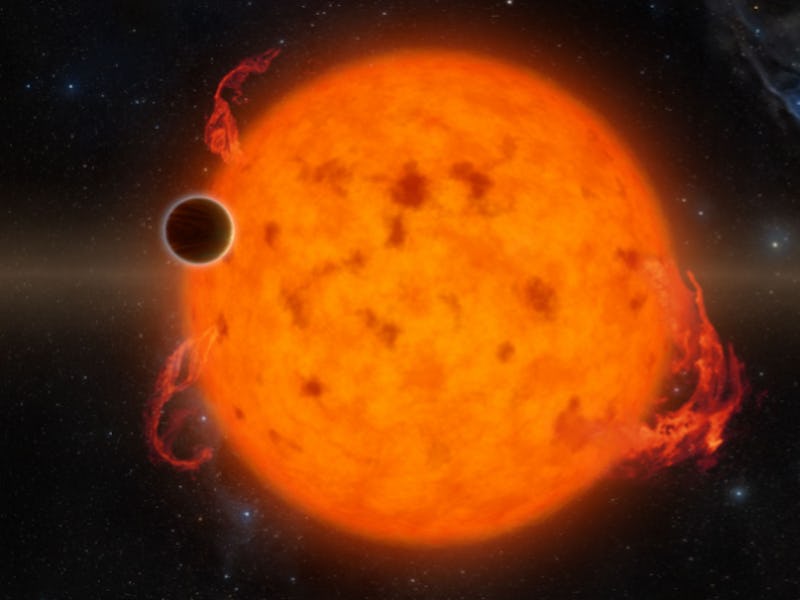New 'Baby' Planets Could Help Us Understand How Alien World (and Earth) Formed
If Earth were a middle-aged human, these two planets would be in their infancy.

Two separate papers published in Nature have announced the discovery of two “infant” exoplanets — one thought to be five to 10 million years old, the other just two million years old. The Earth, for context, is 4.5 billion years old; if our planet were a 45-year-old human, these two planets would be babies a few weeks old. They’re among the youngest ever discovered and, as such, little bundles of joy for researchers.
NASA’s trusty Kepler telescope has helped us spot thousands of exoplanets, but none so young as this. The slightly older one has been christened K2-33b; the younger, V830 Tau. Scientists can use them to study how planets form, which in turn can help us better understand how the Earth formed, and thus how life might potentially form on other planets outside our solar system.
The first few million years of a planet’s life are a phase we never really get to study. Tracking these two new planets will allow scientists to see them in the state before they’ve fully coalesced from swirling gas into hardened, rocky, more Earth-like planets.
A comparison of the K2-33 system to our own solar system.
Their unusually close orbits to their respective stars (K2-33b completes a full orbit in less than five and a half days) also makes them of interest to scientist studying the phenomenon of “hot jupiters” — gaseous planets that form like this without falling into their host star. We currently don’t understand what happens in the early stages of formation for such planets, and the two new “infants” could help us get closer.